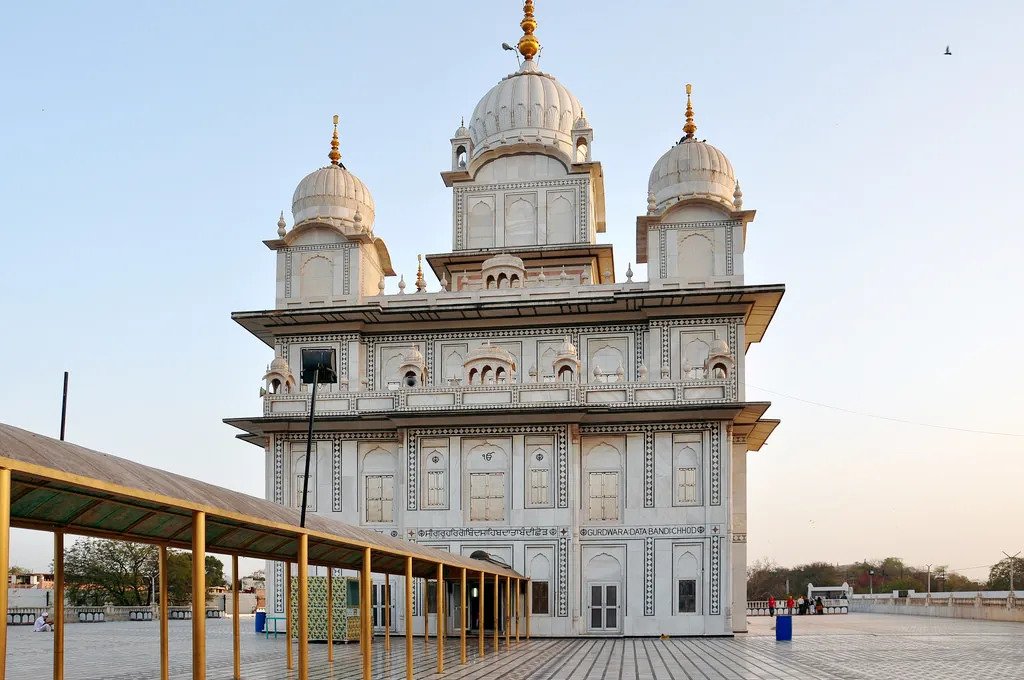Madhya Pradesh is blessed with such beautiful cities which are perfect representation of different architecture, culture, art and history. Yet Gwalior is unique in its appeal and vibrancy among all of them. Also conveniently located in the center of the country, Gwalior can be visited from all directions. Best places to visit in Gwalior promise an one-of-a-kind experience that embodies the rich tapestry of central India, you’d find anything from exploring ancient forts to strolling and shopping in local mazakars.”
Gwalior is a available place from every corner of the country due to its strategic place on the map of India. This beautiful city is home to many historical sites, including the Rajsi Grand Gwalior Fort, located on a hill and provides a captivating view of the city. To go to other places: Gujari Mahal, Teli’s Temple, Saas Bahu Temple, Muhammad Gaus Ka Tomb, Tansen. Then there are also low-wide destinations like Bir Singh Mahal, Padavali and the abandoned city of Bateshwar and Anomam Rasta of Madhav National Park-a little distance away from the city but are worth noting and notice.
Some of the Tourist Attractions in Gwalior will cast a spell on you and you are sure to take a detour for admiring the brilliant architectural marvels. Also in the town center is the fascinating sight of a music-only museum run by the legendary Sarod player, Ustad Hafiz Ali Khan. In memory of Ustad Tansen, one of the jewels of King Akbar’s kingdom, many music festivals are organized at the Tansen Memorial.
Whether you are fond of a history, a passenger, a photographer, or just someone who likes to learn about history through Galu’s monuments in Gwalior, is an attractive place to travel tourist attraction in Gwalior. And once you reached this delightful tourist attractions in Gwalior, what should be your first step? This is simple – explore some of the best tourist places in Gwalior! To make it even easier for you, we have listed our top recommendations below.
Table of Contents
How to Reach Gwalior from Mumbai
Located in the Indian state of Madhya Pradesh, Gwalior is known for its temples and palaces. Besides, the city is having excellent road, rail and air connectivity. The city is very well connected with all of the Indian cities and closer towns, and well maintained; you can reach the city by flight. Mumbai–Gwalior aerial distance: 961 kilometers The easiest and fastest way to reach Gwalior from Mumbai is by a flight. And there are also many direct trains between the two cities. Below is our guide on how to get to Gwalior from Mumbai.
How to Reach Gwalior from Mumbai By Air
The flight from Mumbai to Gwalior is about 2 hours and 45 minutes long. Air India has direct flights between Mumbai and Gwalior) Both cities have an aerial distance of around 961 kilometers. Gwalior is easily accessible by air from Mumbai.
How to Reach Gwalior from Mumbai by Train
Trains operated from Mumbai to Gwalior take approximately 16–22 hours. Some of the trains that run on a regular basis to Gwalior include the Punjabi Mail (12137), Mangala Ldweep (12617), Lashkar Express (12161), Pune Gwalior Express (11101), LTT NZM AC Express (22109). India is a vast country, hence, trains are the most convenient means of long distance travel. The Mumbai CST railway station is very well connected to all the major cities,there is a 1178-kilometer rail distance between both cities.
How to Reach Gwalior from Mumbai By Road
If you are coming from Mumbai, then you may board a bus from there to reach Gwalior in 19 to 20 hours. However, Gwalior to Mumbai taxi or your own car drive option is also prevails. A distance of roughly 1082 kilometers, the journey lasts about 18 hours.
Best Places to Visit in Gwalior
- Gwalior Fort, Gwalior
The impenetrable stronghold of Gwalior Fort, a best tourist place in Gwalior Strategically constructed atop a rocky mountain, this architectural wonder covers more than 3 sq. km and has an amazing view of the city. With palaces, temples, water tanks and other attractions in the fort, it would be a good place to spend a day exploring.
This magnificent fort is a well-known tourist spot in Gwalior, as it has all witnessed several wars and happenings since ancient times. It acted as a protection for the empires ruling Gwalior and this earned it the honor of being ‘the pearl among fortresses’. You will be much intrigued by the mighty structure of the fort and its historical importance in the invasion and many other events.

2. Jai Vilas Palace
Then the Jai Vilas Palace, of the royal Scindia family here, where it is all about majestic design. Housing around 25 rooms, the Jivaji Rao Scindia Museum displays the lavish and splendid interiors from the bygone era. A magnificent Italianate-style palace, Jai Vilas features a mix of columns, Corinthian at the front and Tuscan at the back.
Two enormous chandeliers hang from the ceiling in the splendid Darbar Hall, where, because of their weight, ten elephants were asked to test the ceiling before their installation. These rooms are adorned with elaborately decorated ceilings, sumptuous drapes and tapestries, fine Persian rugs and antique French and Italian furniture.

3. Temple of Sasbahu
Within the fort lies an 11th century temple complex consisting of two separate temples, one of Lord Vishnu and one of Lord Shiva. Intricately carved in sandstone, the two temples are a splendid piece of architectural genius. The carvings and artwork of the pillars and dome are the work of artisans with some serious skills.
The walls are embellished with many sculptures including the the ones of Lords Brahma, Vishnu, Shiva and goddess Saraswati at the entrance – some of the most beautiful in the complex. Perched on the edge of a cliff, this temple also offers panoramic views of the temple below and is one of Gwalior’s most interesting temples.

4. Gujari Mahal Archaeological Museum
The massive archaeological museum within the fort is for history buffs, but deserves a separate mention. This 15th Century Mahal provides a great deal of insight into the ruling class of Gwalior. You will also find a large collection of Bagh Cave paintings here.
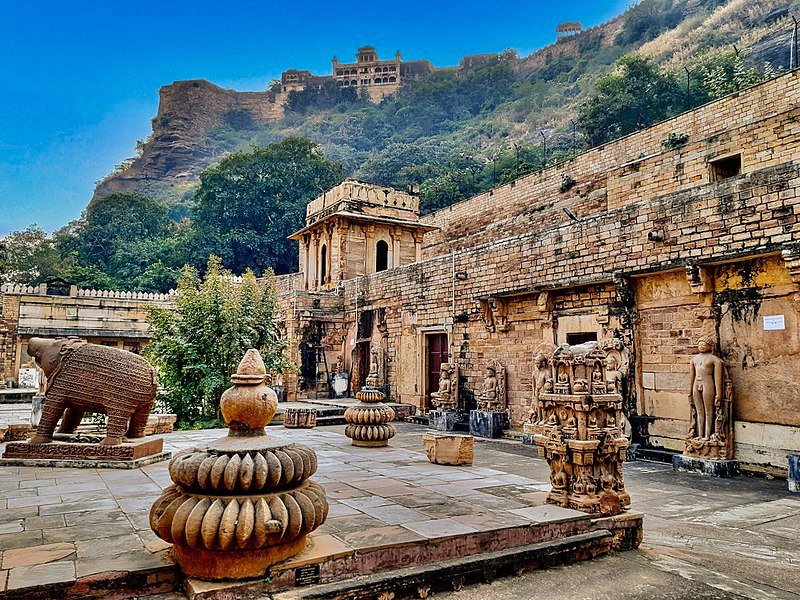
5. Tansen Tomb
Tansen was a famed singer during the Middle Ages who sang as a Mughal courtier in Akbar’s courts. He was also regarded as one of the nine jewels of the Mughal court and was reputed to have magical powers, including the ability to summon rain and enchant animals with his singing. He learned to play Hindustani classical music from his master, Mohammad Ghaus.
He later created a musical genre called Gwalior Gharana and promoted the Dhrupad style also. After he died, he was buried at an impressive architectural memorial site next to his mentor. This site is now the venue for Tansen Music Festival held every November featuring the greatest artists from all over the country performing classical music.
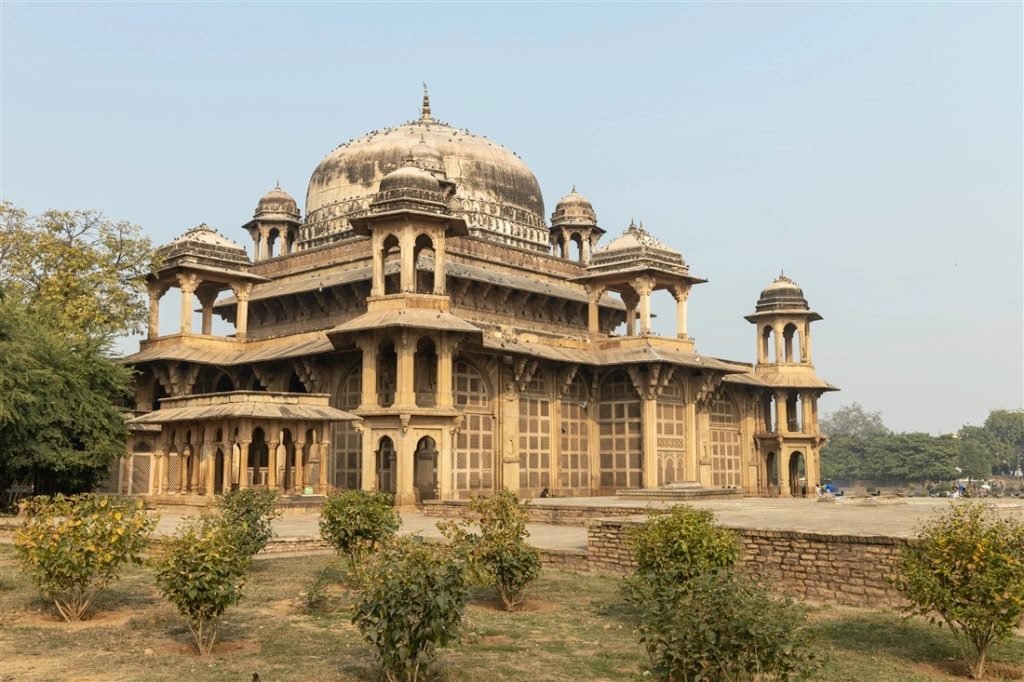
6. Man Mandir Palace
Man Singh Tomar constructed the Man Mandir Palace in the late 15th century, and it is a gem of medieval architecture. The interiors of the palace consist of colourful drawings, tiles and detailed stone carvings which represent the unique history of Gwalior a perfect mix of Hindu and ancient sculptures.
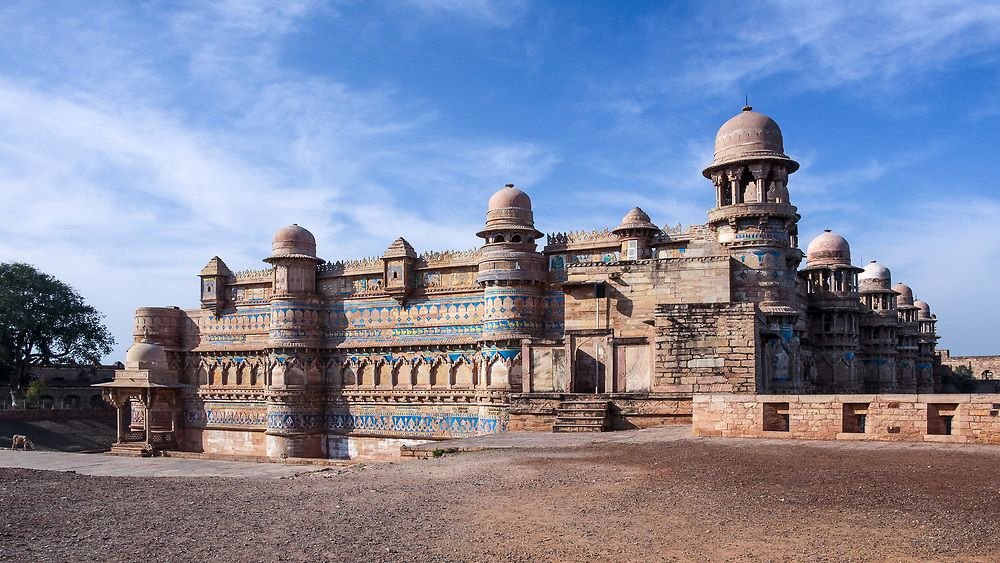
7. Padavali and Bateshwar
Bateshwar consists of a group of ancient temples and is surrounded by a fort called Padavali. The temples were also several centuries older than the 18th-century fortress. The place has beautiful sights and less people visit there due to limited hours of visiting. In addition, all the temples are dedicated to Lord Vishnu. The architectural make-up of this place is mesmerising and fresh to the eyes. So ensure you capture its uniqueness through your camera lens during your visit to this unique temple in Tourist Attractions in Gwalior!

8. Gopachal Parvat
An ancient Jain iconography can be found at Gopachal Parvat, which is located in the fort of Tourist Attractions in Gwalior. The rock-cut sculptures on the south side of the fort are a sight to behold and one of the best things to do in Gwalior is visiting it. They date back to the 7th and 15th centuries. A Jain site in Gwalior, Gopachal Parvat is one of many Jain sites where the Tirthankaras are found either sitting or standing.
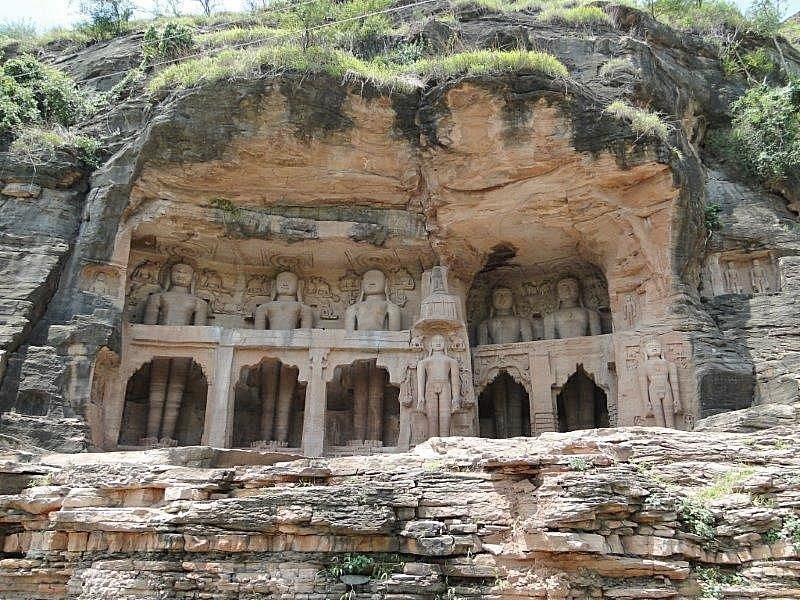
9. Madhav National Park
The Gwalior Madhav National Park is full of wild animals including blackbuck, nilgai, leopard, and chinkara. You can also see migratory and domestic birds such as herons and kingfishers.

10. Teli Ka Mandir
This 30-metre high temple is the oldest and loftiest monument inside the fort, with architecture as intriguing as its name. This temple, which blends northern and southern temple architecture styles beautifully with a carved shikhara and many Nagar style elements, is a wonderful Tourist Attractions in Gwalior. A fantastic site for history and architecture lovers with its unique sculptures of snakes, river goddesses, and garudas.
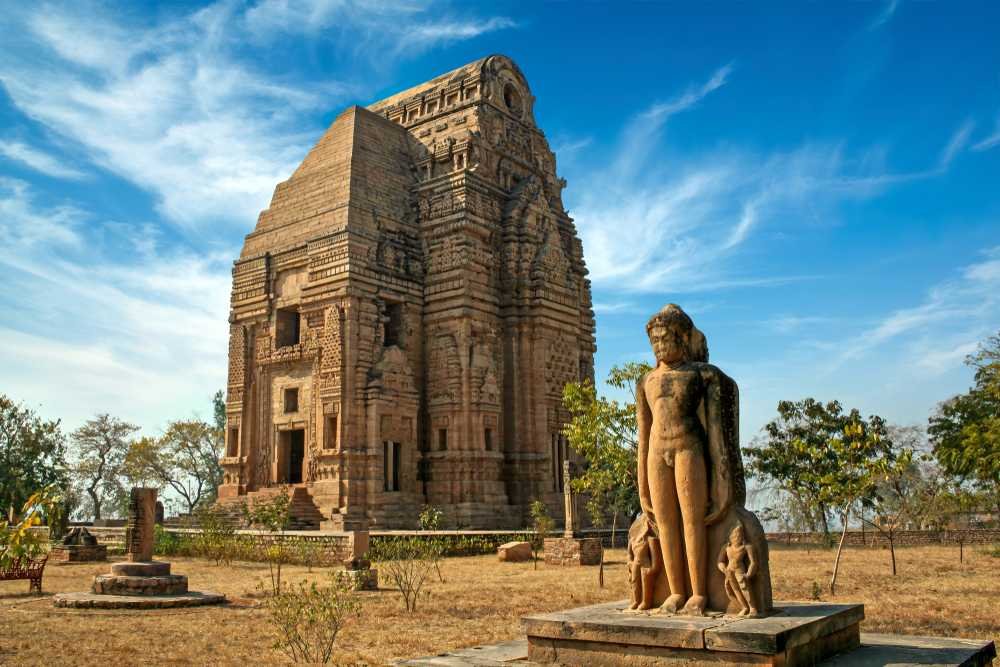
11. Sun Temple
One of the most beautiful temples in Gwalior, this temple was built by the famous industrialist G.D. Birla in the year of 1988, and thus is one of the best Tourist Attractions in Gwalior. Inside there is marble and so it has a very calm feeling. While the religious aspect is undeniably intriguing, however, the most striking aspect of the temple is its exterior, with red sandstone contrasted against the lush green gardens.

12. Suraj Kund
Suraj Kund — Suraj Kund, a tank inside the compound of the Gwalior Fort in Gwalior, is said to have magical powers. Its healing water is said to cure chronic diseases. Suraj Kund is a great place to relax and the area around it is properly maintained. This 15th-century building is famous for its stunning sunrises and sunsets. Suraj Kund carries historical significance therefore it observes numerous tourists. This place is also known for the calm surrounding it. According to legend, Suraj Sen, the founder of Gwalior, was healed of his leprosy after drinking from this holy pond.

13. Phool Bagh
Phool Bagh, an oasis in central Gwalior, was opened by the Prince of Wales in 1922 and includes the Gwalior Zoo, a museum and a palace.
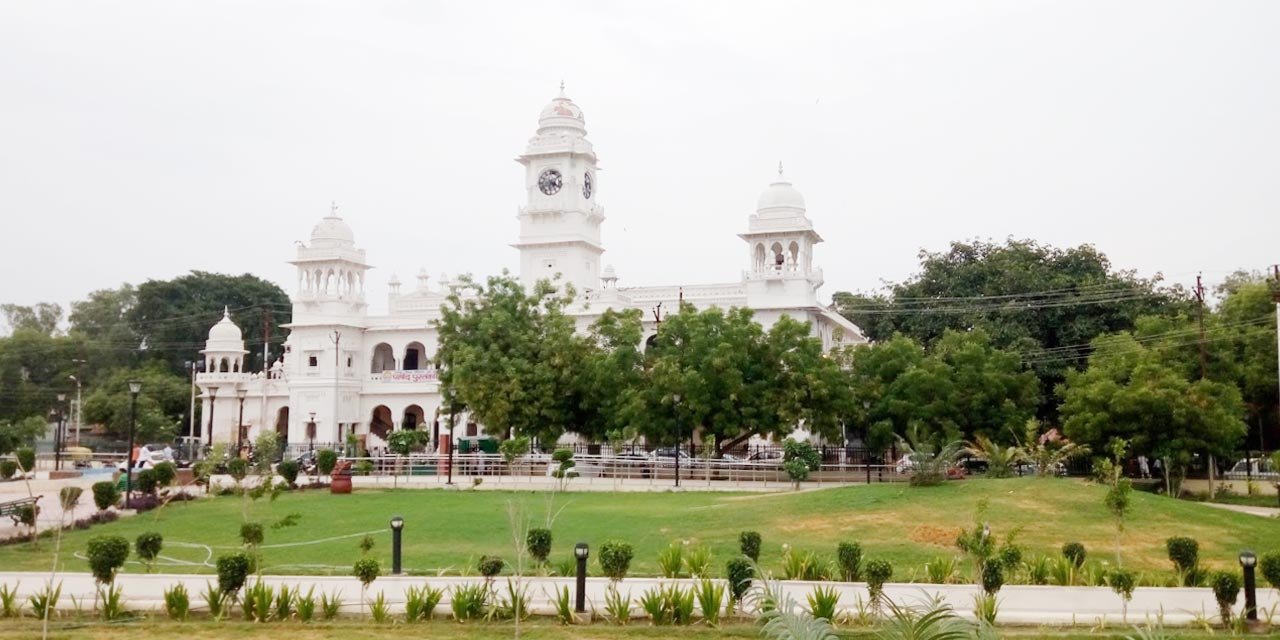
14. Gurudwara Data Bandi Chhod Qilla Gwalior
It’s Gurdwara built in memory of Guru Har Gobind Singh. Worshippers from all over the nation come here to pay their respects. The Sikh Sangat celebrate the safe return of the sixth Nanak every October or November.
